What Produce Should You Buy in June?
Summer is just around the corner! There is so much produce in season this month.
What is in season in June? Produce peaks at different times throughout the US so there will be some variances. But here is a general guide.
To make it easier for you to plan your meals and make a grocery list, I have created produce guides for every month letting you know what is in season along with a few recipe suggestions.
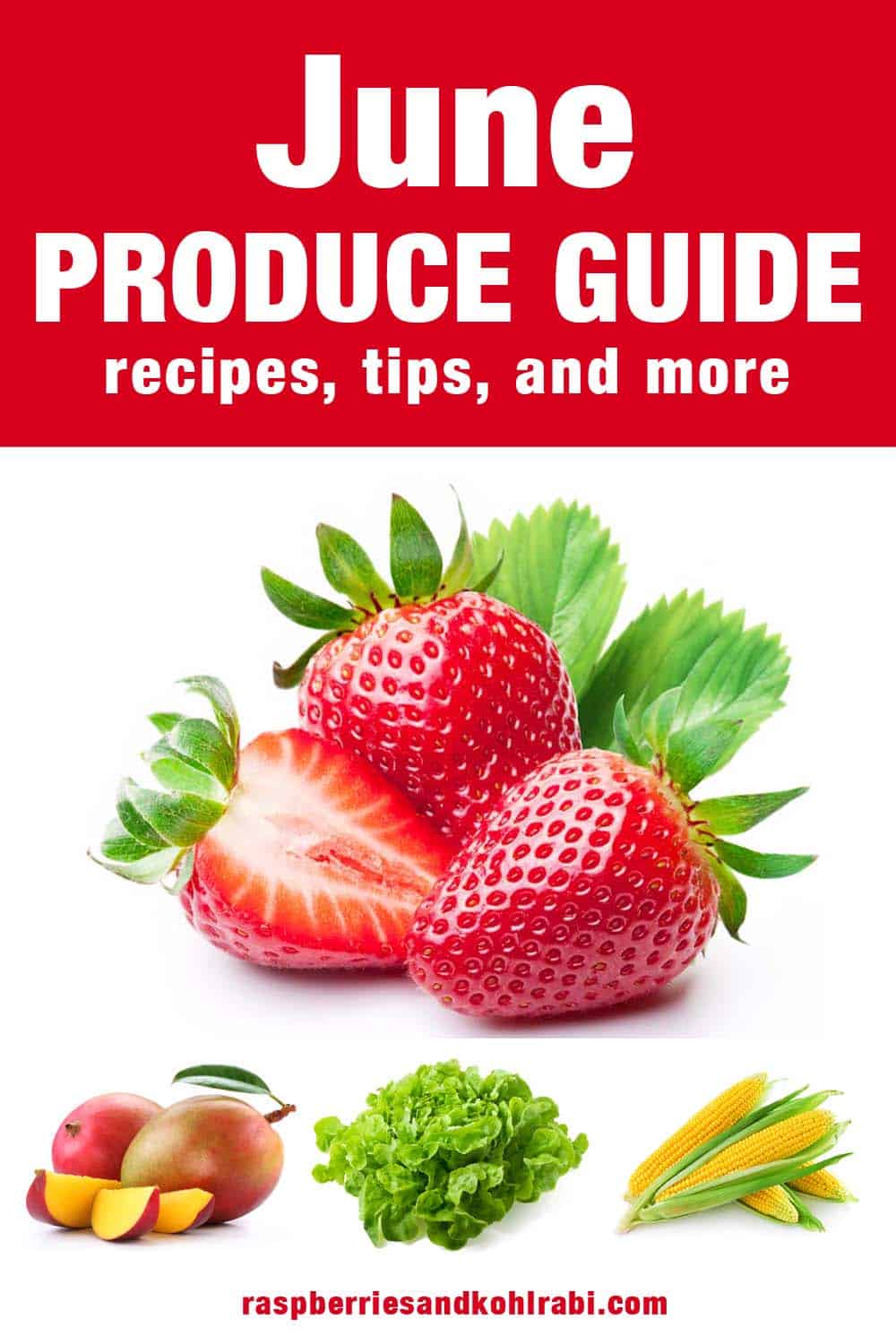
Why Buy Fruits and Vegetables When They Are in Season?
Cost: Produce prices are subject to supply and demand. When produce is in abundance because it is in season the prices go down.
Eco-Friendly: In-season produce is more likely to be grown locally meaning it doesn’t have to travel as far to get to you reducing its carbon footprint. Stop by your local farmers market to purchase some of the freshest produce available.
Taste: In-season produce is fresher and tastes better. It is grown during its optimal conditions and because it can be grown more locally it usually has a chance to fully ripen before it is picked
Nutrition: Fully ripened produce is more nutritious because it has had time to fully develop before being picked.
What’s in Season in June?
Jump to:

Apricots
Apricots have a very short season from mid-May to early July so pick some up while you can. Apricot flesh is usually firm and not very juicy. Its taste can range from sweet to tart.
They taste great baked into a pie or cobbler.
Buying
Look for apricots that are golden in color and firm. Avoid apricots that are a pale greenish-yellow color, rock hard, very soft, or shriveled.
Storing
If your apricots are not quite ripe, place them in a paper bag at room temperature for 2 to 3 days to speed up the ripening process. Unripe apricots can be stored at room temperature for up to 5 days.
Refrigerate ripe apricots in an airtight container for up to one week.
Preparing
Apricots are in the stone fruit family meaning they have a large pit in the middle. Slice a ripe apricot around its natural seam, twist the two halves in opposite directions, and remove the pit.
Recipes
- Apricot Upside-down Cakes - Barth Bakery
- Pan-Seared Salmon with Tomato Apricot Relish - Babaganosh
- Apricot and Cream Cheese Pastry - It's Not Complicated

Blueberries
Blueberries are one of only three berries that are native to North America: blueberries, cranberries, and Concord grapes.
Buying
Look for blueberries that are firm, plump, and dark indigo. Avoid berries that are shriveled or show signs of mold.
Storing
Store blueberries in a covered container for up to ten days. Wash just before using.
Preparing
Rinse and drain blueberries well. Check for any remaining stems.
Recipes
- Blueberry Muffins
- Blueberry Jam
- Blueberry Mango Muffins
- Blueberry Creme Brulee
- Sourdough Blueberry Thyme Scones
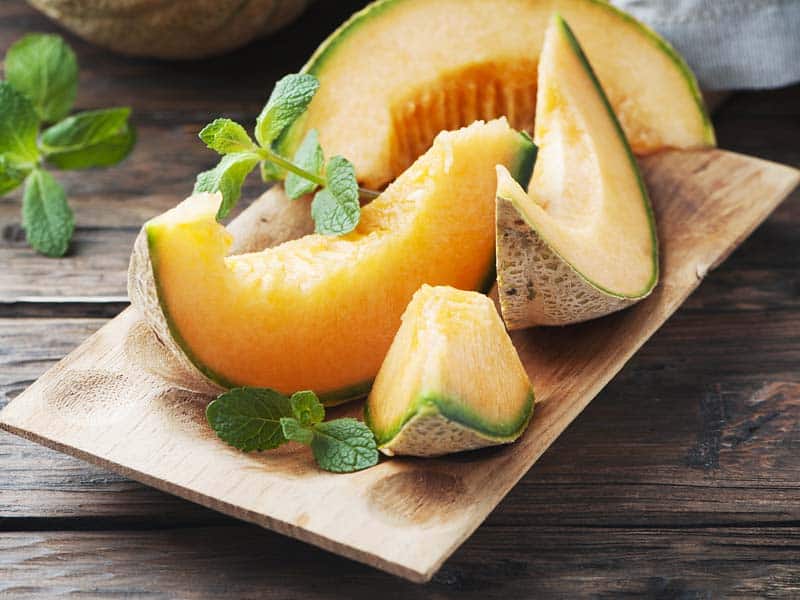
Cantaloupe
Cantaloupes are sweet and juicy and are high in vitamin A and vitamin C. Their high water content also helps to ward off dehydration.
Buying
Cantaloupe should have a sweet smell, yellow-tinged skin, a thick texture rind, and no stem. Avoid cantaloupe that has an overly sweet smell and soft spots.
Storing
Whole cantaloupes can be stored on the counter for up to four days. Cut cantaloupe should be refrigerated and can be stored for up to two days.
Preparing
The surface of a cantaloupe can contain Salmonella. Before consumption, you should wash and scrub the cantaloupe thoroughly.
Cut off the stem end about ¾ inch from the end. Place the melon cut end down on a cutting surface. Cut the melon in half and gently scrape out the seeds with a spoon. Cut as desired.
Recipes
- Cantaloupe and Strawberry Smoothie - Skinny Spatula
- Roasted Cantaloupe - Food 52
- Spiced Cantaloupe Tea Loaf - Jo Cooks

Cherries
There are two types of cherries. Sour or "pie" cherries are tart in flavor and bright red in color. Sour cherries are best when baked.
There are also many varieties of sweet cherries, Bing and Ranier probably being the most well known. They are super sweet and juicy and best when eaten fresh.
Buying
Cherries should be clean, bright, shiny, and plump without any blemishes. Look for cherries with fresh, intact stems, which increases their shelf life.
Sweet cherries should be firm but not hard.
Sour cherries should be medium-firm. As a general rule the darker the cherry the sweeter the cherry. Avoid cherries with cuts, bruises, or dry stems.
Storing
Refrigerate cherries for up to 10 days.
Preparing
Wash and remove stems just before eating. When baking with cherries you will want to remove the pits. A cherry pitter makes this task easier.
Recipes
- Peach, Plum, and Cherry Salad with White Balsamic Vinaigrette - The Organic Kitchen
- White Chocolate Cherry Muffins with Crumb Topping - Barth Bakery
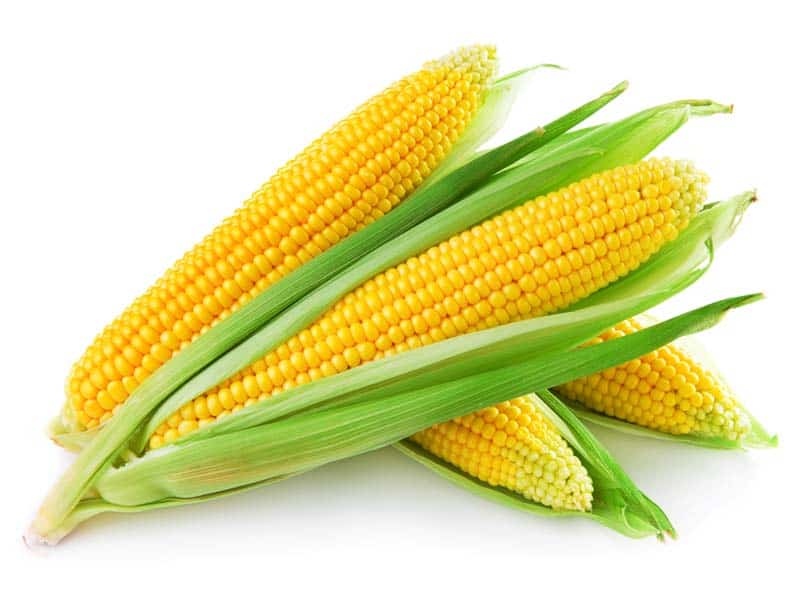
Corn
There are six major types of corn: dent corn, flint corn, pod corn, popcorn, flour corn, and sweet corn. Sweet corn is the variety that is sold in stores for cooking.
Buying
Look for corn ears with green husks, fresh silk, and tight rows of kernels. Avoid husks with brown spots and dry, yellowed stems.
Do not buy corn ears that have kernels with gaps between them and have brittle silks.
Storing
Refrigerate corn in its husk for 1-2 days. If corn is unhusked, put the ears in a plastic bag and refrigerate.
Preparing
Keep the ears in their husks until just before cooking.
Recipes
- Cream Style Corn - Savory with Soul
- Creamy Corn Chowder - Christina's Cucina
- Simple Corn Salsa - To Simply Inspire
- Fresh Sweet Corn Creme Brulee
- Roasted Summer Vegetable Pasta Salad
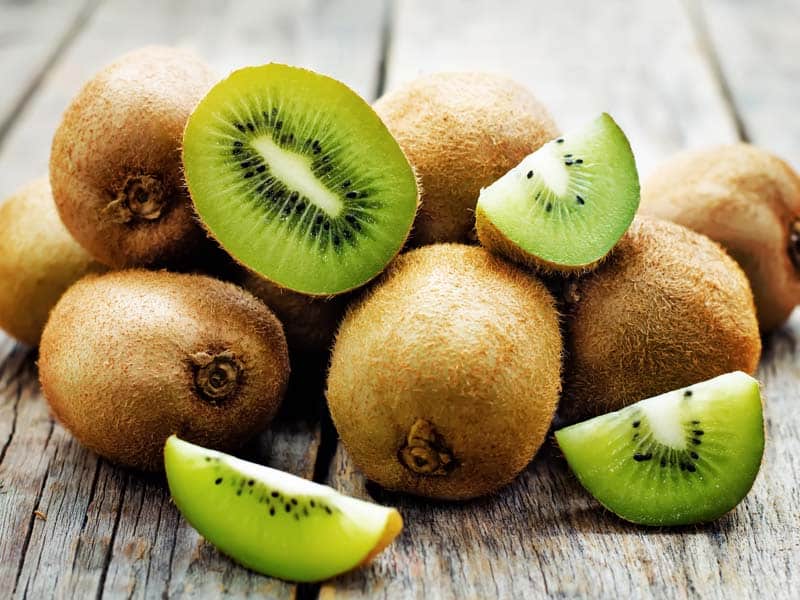
Kiwi
Kiwis, also known as Chinese gooseberries, are native to China. They were first grown commercially in New Zealand, where they picked up the name “Kiwifruit.” Kiwis have more vitamin C than oranges.
There are three varieties of kiwis:
- Fuzzy kiwis: The most common variety is about the size of a large egg with a fuzzy brown exterior and bright green fruit.
- Kiwi berries: These are the size of a grape, with a fuzzless, smooth skin and the same bright green interior.
- Golden kiwi: These have golden flesh that’s sweet and a bit tropical tasting.
Buying
Look for kiwis that are firm but yield to gentle pressure and are blemish-free. Avoid kiwis that are hard, moldy, spotted, or shriveled.
Storing
Ripen kiwis at room temperature. Speed up the ripening process by placing kiwis in a paper bag with an apple or banana. The additional ethylene gas produced by the apple or banana will speed up the ripening process.
To slow down ripening, store kiwi in the fridge.
Preparing
Rinse well before eating. Peel and chop kiwis or slice them in half and scoop out the flesh with a spoon. If desired the skin is edible, too.
Recipes
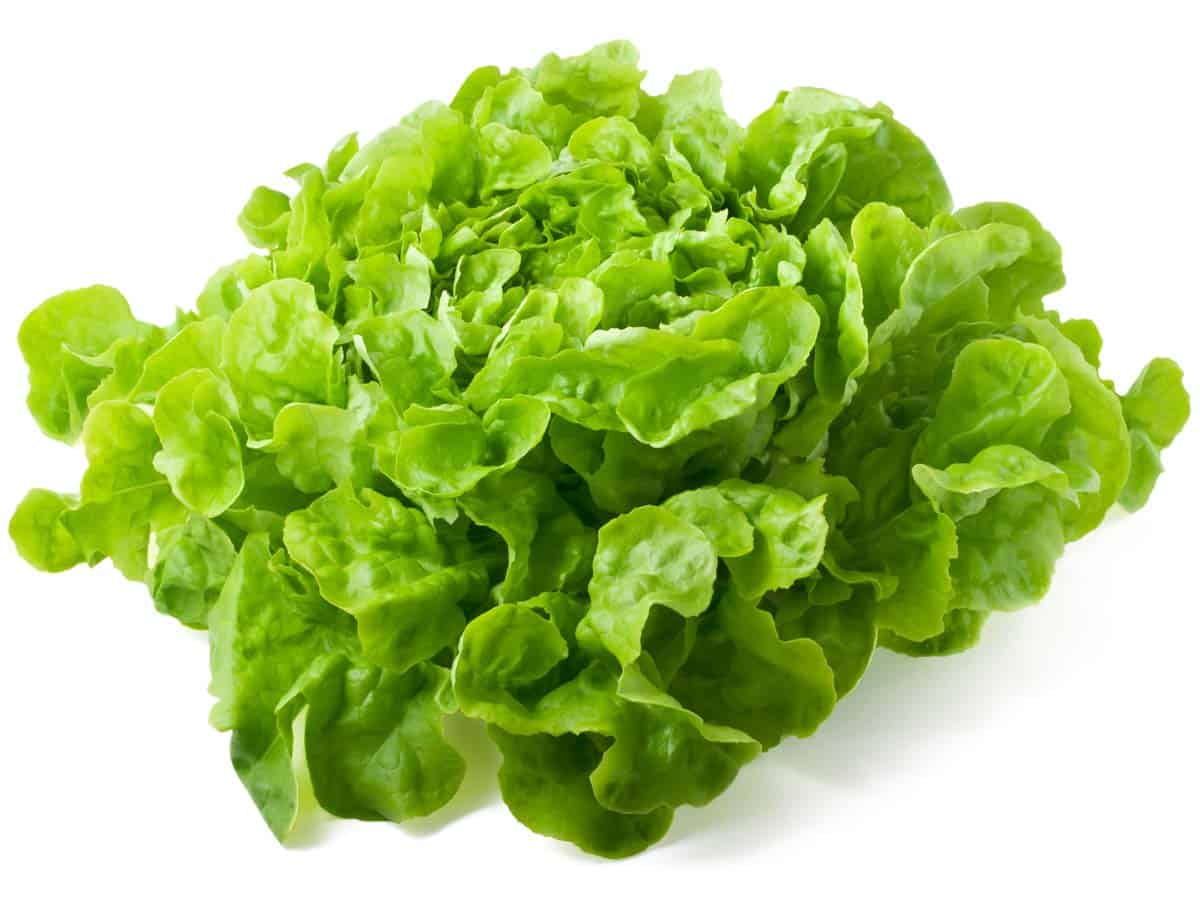
Lettuce
Lettuce is most often used raw in salads and sandwiches but it can also be grilled. Lettuce is an excellent source of vitamin K, vitamin A, folate, and iron.
It has a high water content making it a great choice as temperatures continue to rise.
Buying
Look for fresh crisp leaves that are tightly bunched. Avoid lettuce with wilted or brown leaves.
Storing
Lettuce should be loosely covered and can be refrigerated for up to one week.
Preparing
Rinse lettuce under cold water. Use a salad spinner or pat the leaves dry to remove excess moisture. Slice, chop or tear as needed.
Recipes
- Waldorf Salad with Chicken - Nutmeg & Vinegar
- Easy Vegan Chopped Salad - Wow, It's Veggie?!
- Big Mac Salad - Wholesome Yum
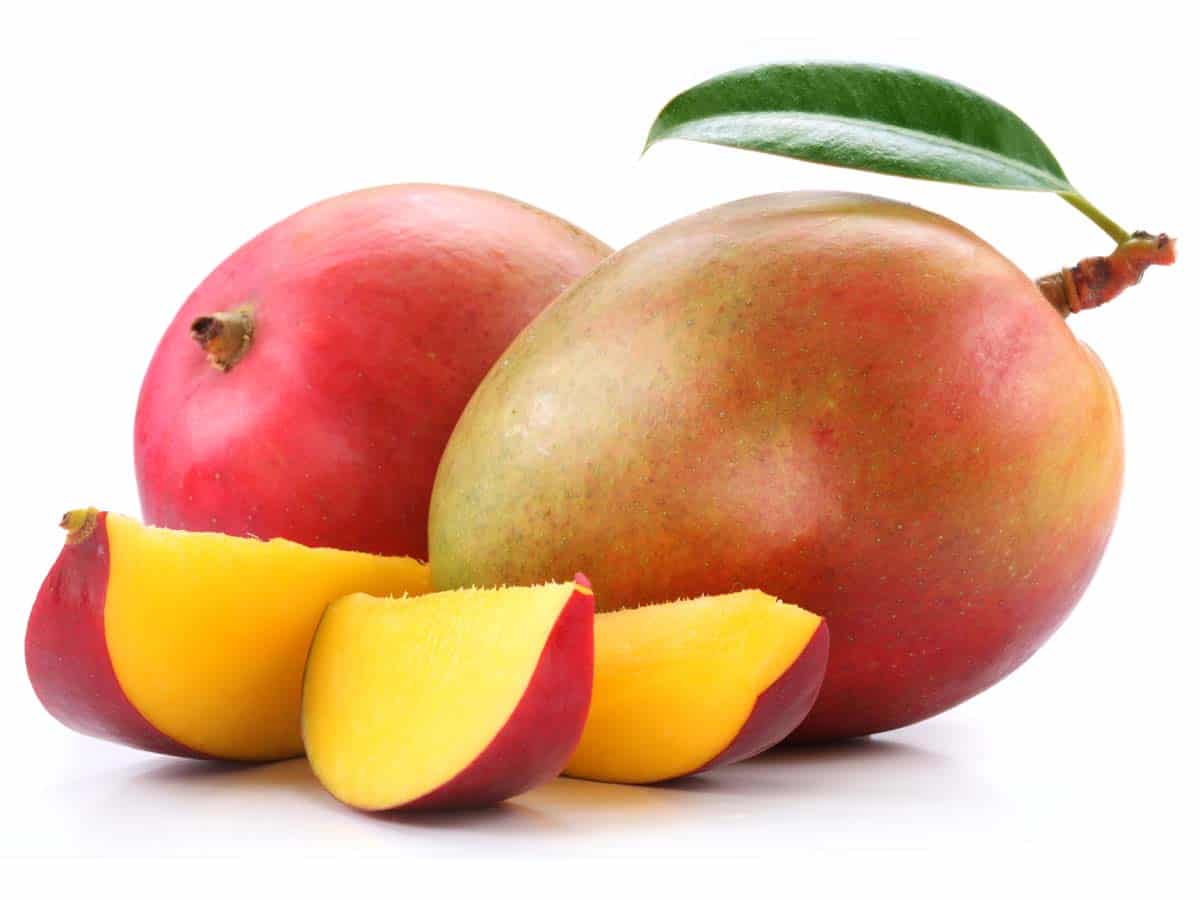
Mangoes
Mangoes are sweet, juicy, and are an excellent source of vitamin A, vitamins C, and beta-carotene. They are also one of the most commonly eaten fruits in the world, with a majority of them coming from India.
Mangos are stone fruits, meaning they have one hard seed surrounded by fruit.
Buying
Mangos should yield to gentle pressure and be without blemishes or dark spots. They should also have a sweet fragrant aroma.
Color has little to do with ripeness and can vary depending on the type of mango.
Storing
Mangoes can be refrigerated for up to 3 days. Place mangos in a paper bag to speed ripening.
Freeze chopped and peeled fruit in a plastic bag with the air squeezed out for up to 3 months.
Preparing
Mangos contain a large, flat pit. To cut a mango, insert the knife into the mango's flesh until you reach the pit. Slice horizontally against the pit, then continue along the other three sides.
To remove the flesh from the skin, score the flesh by cutting just until you reach the skin. Turn the skin inside out and use a paring knife to remove the flesh from the skin.
Recipes
- Mango Blueberry Muffins
- Mango Pancakes
- Mango Creme Brulee
- Fresh Mango Salsa - Fresh Coast Eats
- Pickled Mango (Amba) - Hilda's Kitchen Blog
- Fresh Mango Lassi - Piping Pot Curry
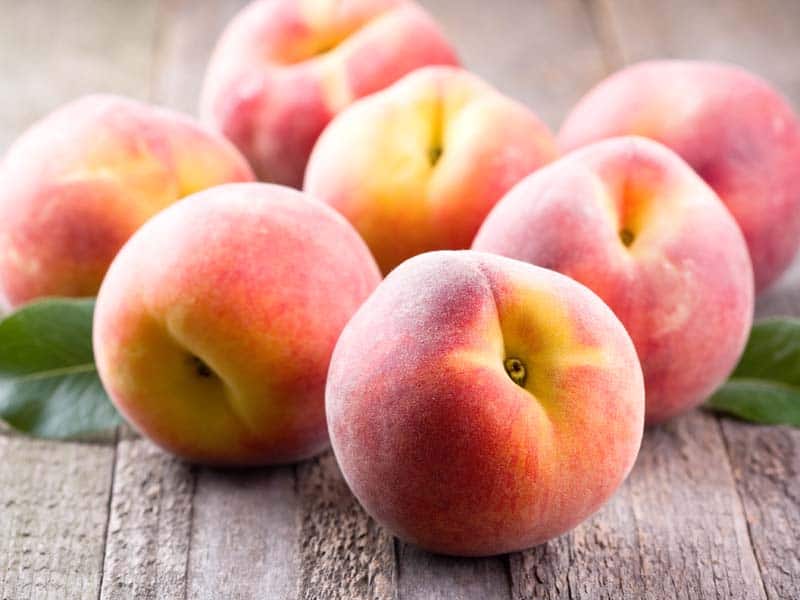
Peaches
The peach is closely related to the almond. The inside of a peach stone tastes remarkably similar to an almond. Peach stones are often used to make a cheap version of marzipan, known as persipan.
Peaches are divided into two types clingstones and freestones, depending on whether the flesh sticks to the stone or not. Both types can have either white or yellow flesh.
Peaches with white flesh are typically very sweet with little acidity, while yellow-fleshed peaches typically have an acidic tang coupled with sweetness.
Buying
Look for peaches that are firm but yield to gentle pressure. Avoid peaches with blemishes, bruises, and any hint of green (green is an indicator that the peach was picked too early and will not ripen.)
Storing
Store ripe peaches at room temperature for up to 2 days. Keep peaches separated and do not allow them to touch. Peaches stored too closely together will ripen more quickly and encourage spoiling.
Ripen peaches in a brown paper bag and watch them closely as they can ripen within 24 hours.
For long-term storage, here is more information on how to freeze peaches.
Preparing
Wash peaches just before use. If cooking peaches, remove the skin as it can become tough when cooked.
To remove the skin, cut an X through the skin of each peach. Drop peaches into boiling water for 1 minute and then plunge into ice water. The skin should peel easily. Once peeled, eat or cook immediately.
Recipes
- Fresh Peach Salsa - Veggie Inspired
- Grilled Peaches Wrapped in Prosciutto - In the Kitch
- Strawberry Peach Smoothie - From Michigan to the Table
- Peach Creme Brulee
- Peach Oatmeal Bars
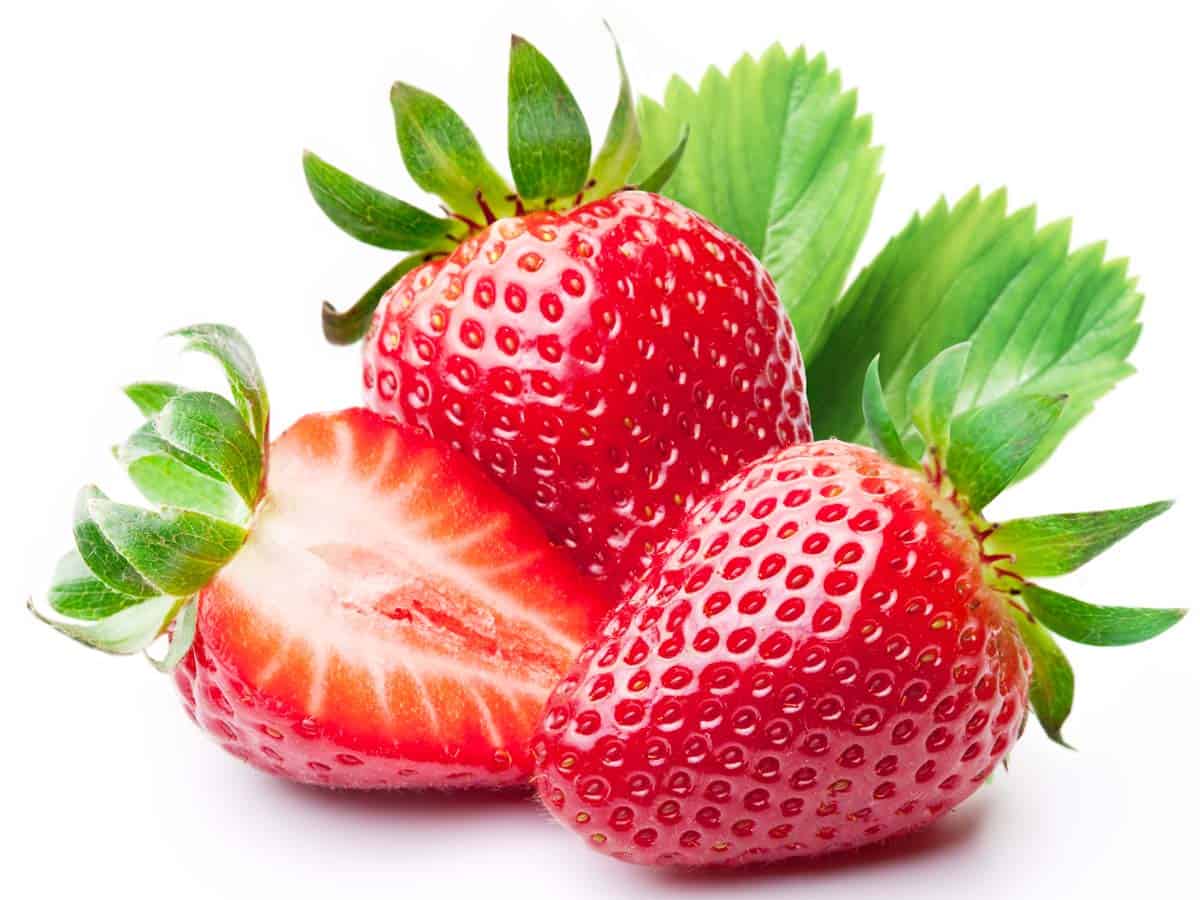
Strawberries
Strawberries are one of the most popular fruits in the world. They are a juicy mix of sweet and tart.
Strawberries are frequently eaten fresh, as part of a mixed fruit salad, topping a dessert like a fruit tart or my favorite angel food cake, or in a savory salad.
They can also be cooked into jams and compotes or baked into cakes and bread.
Buying
Look for brightly colored plump strawberries with fresh green caps. Avoid strawberries that are wilted, moldy, bruised, or have white or green parts.
Storing
Strawberries can be refrigerated for 3 to 5 days. Take them out of the refrigerator 30 minutes before consuming them. They taste sweeter when at room temperature.
Preparing
Just before eating or cooking strawberries, swish in a bowl of cold water to clean. Do not soak the strawberries. Hull (remove the leaves and green caps) and slice the strawberries as desired.
Recipes
- Strawberry Oatmeal Pancakes
- Strawberries and Cream Cupcakes - Ottawa Mommy Club
- Strawberry Fruit Rolls Ups - Served From Scratch
- Strawberry Banana Chocolate Chip Smoothie
- Roasted Strawberry Jam
- Strawberry Chocolate Cupcakes
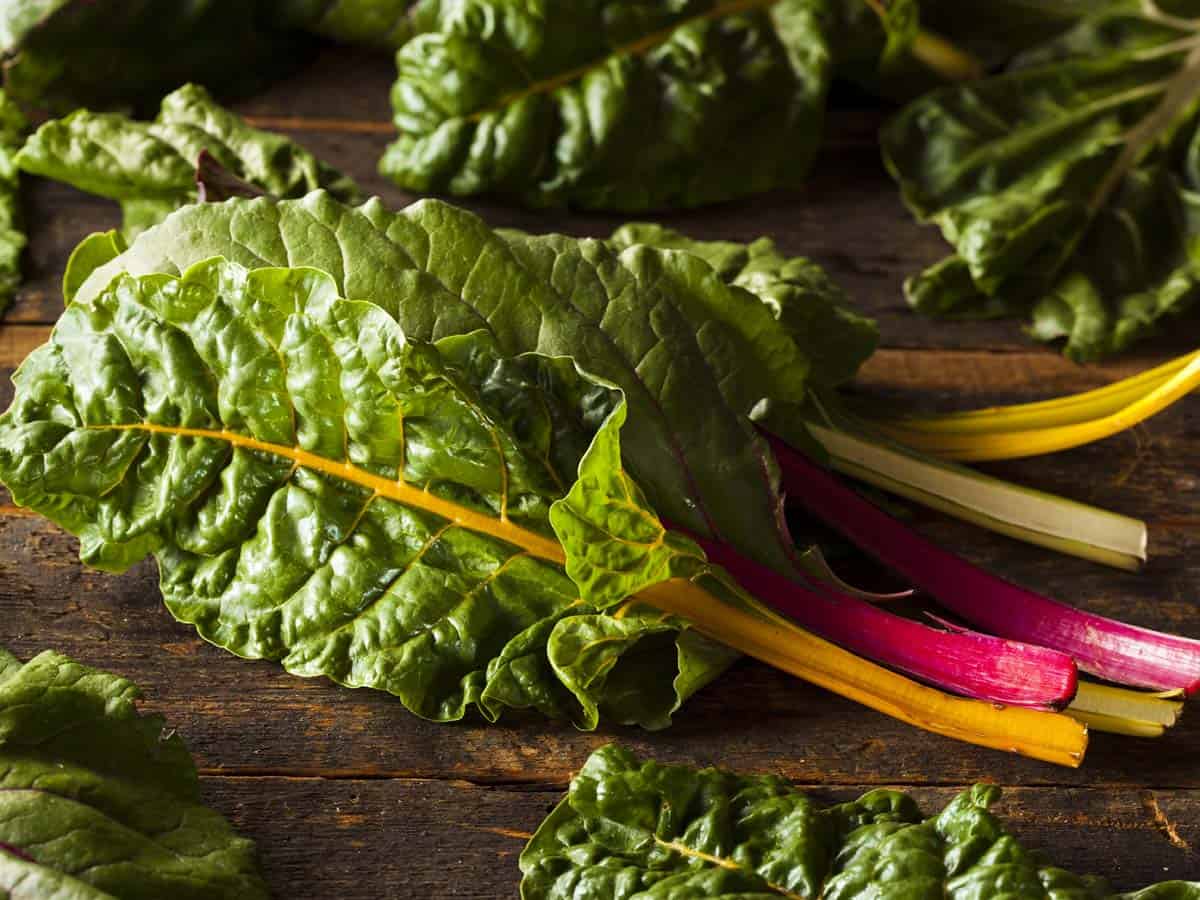
Swiss Chard
Swiss chard is less bitter when it is raw rather than when it is cooked. Swiss chard is a great source of vitamin A, vitamin K, and vitamin C.
Buying
Swiss Chard should have dark green leaves and brightly colored stems, Avoid swiss chard that is dried out and brown.
Storing
Swiss chard can be kept in the refrigerato9r for up to five days.
Preparing
Swiss chard can be eaten raw or cooked. Before using chard, cut the leaves away from the stems and wash leaves in cold water.
Rinse the stems and trim off any blemishes. Swiss chard stems are tougher than the leaves and require a longer cooking time of an additional five minutes.
Recipes
- Sauteed Greens and Onions - Eating Richly
- Swiss Chard Frittata - Sidewalk Shoes
- Swiss Chard and Potatoes - All That's Jas
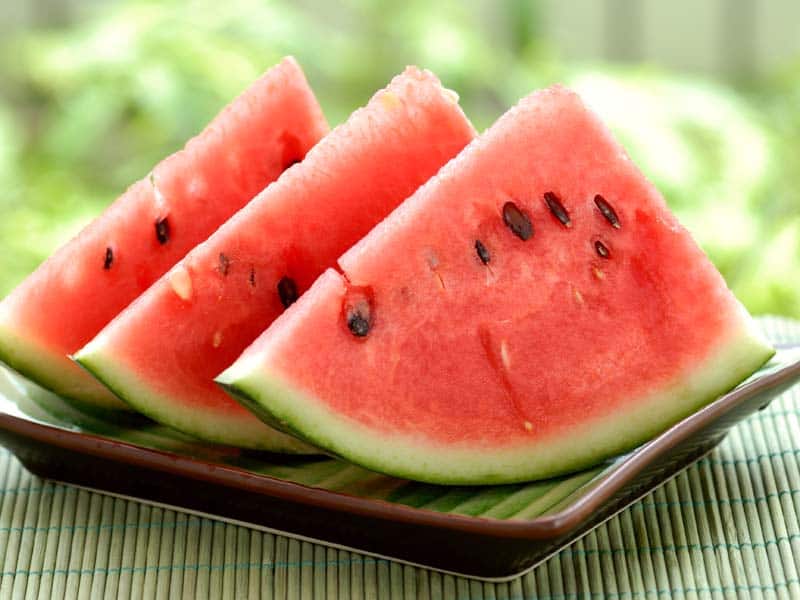
Watermelon
Watermelon has sweet, juicy flesh and is usually deep red to pink in color, with numerous black seeds, although seedless varieties do exist.
The fruit is often eaten raw while the rind is usually pickled. The seeds have a nutty flavor and can be dried and roasted, or ground into flour. Watermelon is 91% water.
Buying
Look for watermelons that are symmetrical in shape, heavy for their size, and dull not shiny.
Watermelons should have dried stems and yellowish undersides. Watermelons develop a large, creamy yellow spot (or field spot) on the rind during the growing process. That yellow spot means the watermelon had time to ripen in the sun and is ready to eat.
Avoid watermelons that have bruises, cuts, dents, and are light for their size.
Storing
Store whole watermelons at room temperature. Refrigerate cut watermelon in an airtight container and use it within 4 days.
Preparing
Wash, rinse, and dry a watermelon before cutting it.
Recipes
- Sparkling Watermelon Agua Fresca - Cass Clay Cooking
- Grilled Blackened Shrimp with Spicy Watermelon Salad - Food Wine Sunshine
- Watermelon Pizza - Swirls of Flavor

Zucchini
Zucchini is considered a summer squash. Meaning its prime season is May to August. Summer squash has thin, soft skin and soft edible seeds, whereas winter squash has hard skin and seeds.
Zucchini can grow really big! The biggest one ever recorded was 7 feet 10 inches. Most zucchinis would grow to be as big as a baseball bat but they are usually picked when they are much smaller because as they grow they become tough and fibrous.
Buying
Look for zucchini that are no longer than six inches and one to two inches in diameter.
Zucchini should have firm, shiny, and slightly prickly skin, be free of cuts and blemishes and have at least one inch of stem attached.
Avoid longer and bigger zucchini they tend to be tough and fibrous. Also, avoid zucchini that are soft or have cuts and blemishes.
Storing
Store zucchini, unwashed, in a perforated plastic bag in the crisper drawer of the refrigerator for up to 5 days. If zucchini starts to wilt, use immediately.
Cooked zucchini should be covered, refrigerated, and used within two days.
To freeze zucchini, slice into rounds, blanch for two minutes, plunge into cold water, drain, and seal in airtight containers or baggies. Frozen zucchini may be kept for up to one year.
Preparing
Wash zucchini just before preparation. Peeling is not necessary.
Recipes
- Veggie Pasta Sauce
- Zapple Pie - Common Sense Home
- Chicken Zucchini Fritters
- Summer Vegetable Pasta Salad
Thanks for Reading!
If you try this recipe, let me know! Leave a comment and rate it below! You can also snap a picture and post it on Facebook or Instagram be sure to tag me @RaspberriesandKohlrabi.
Subscribe to get more recipes and tips by email.


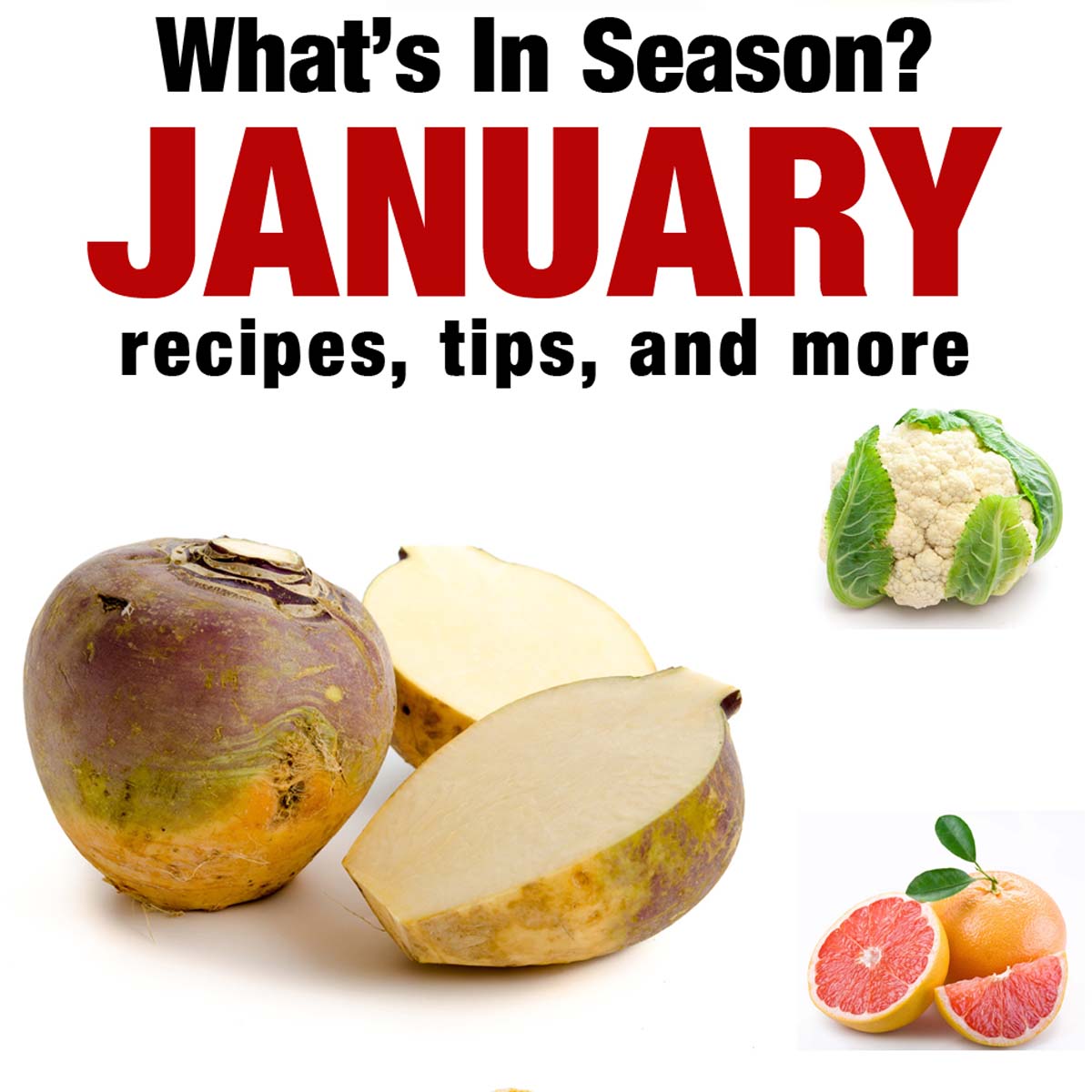
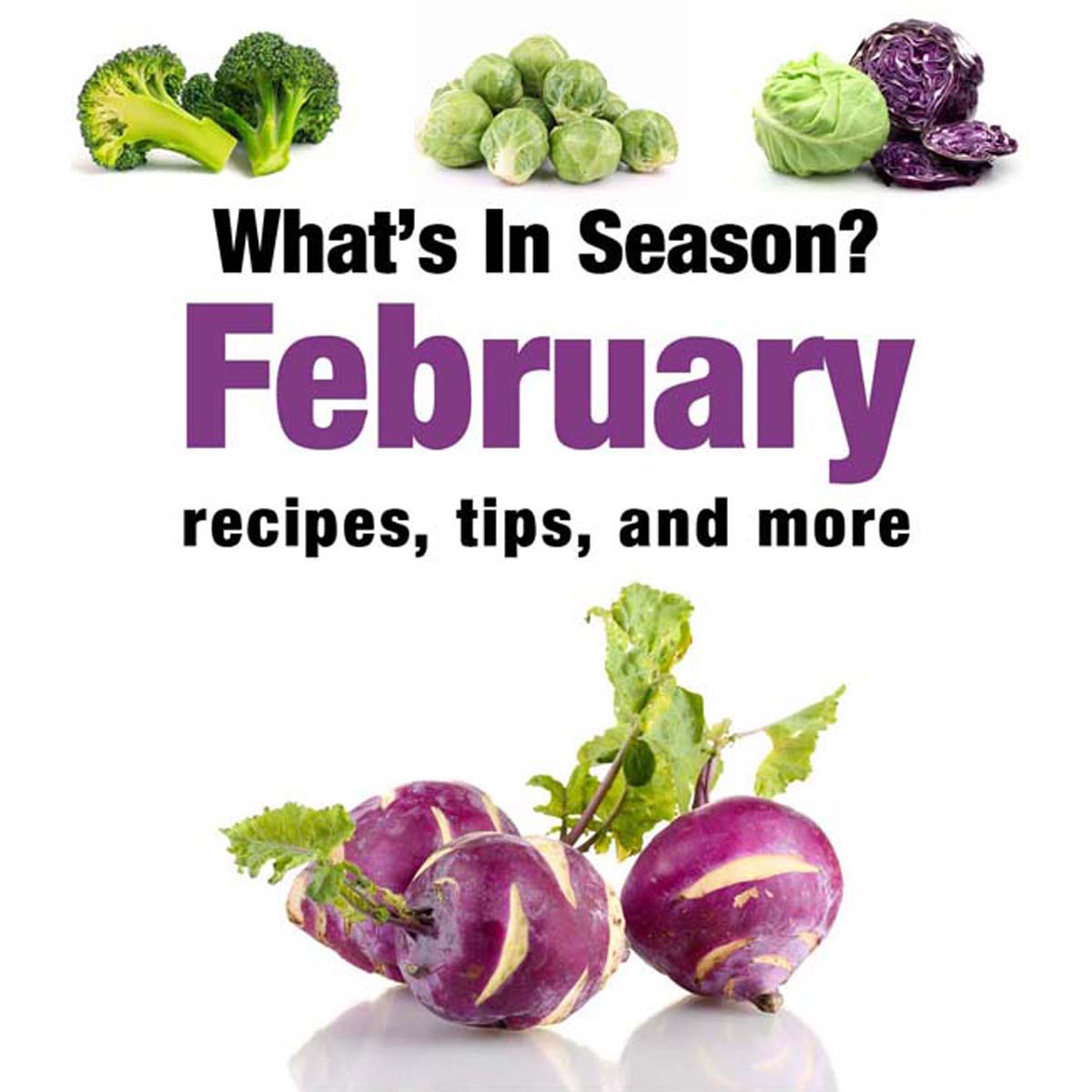
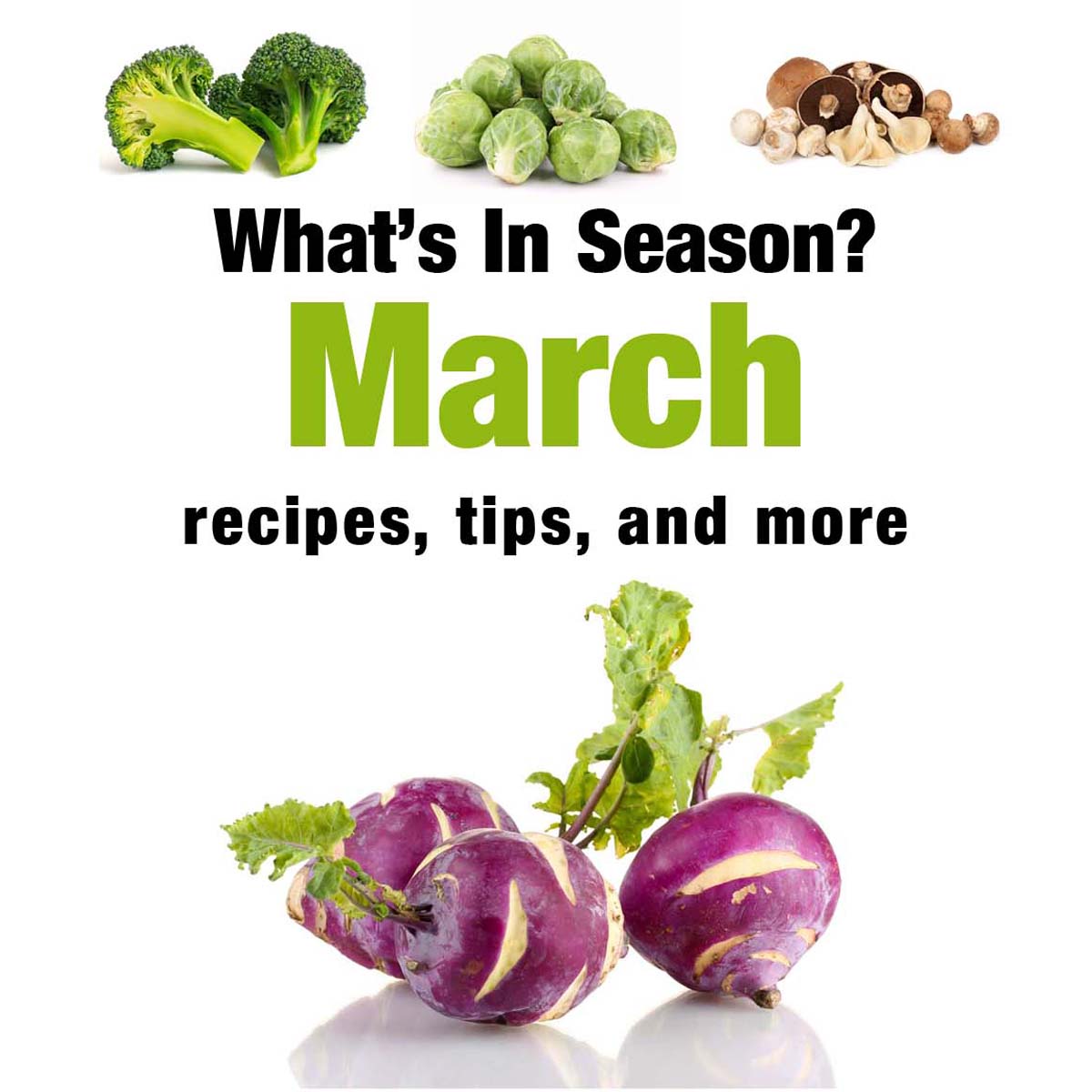

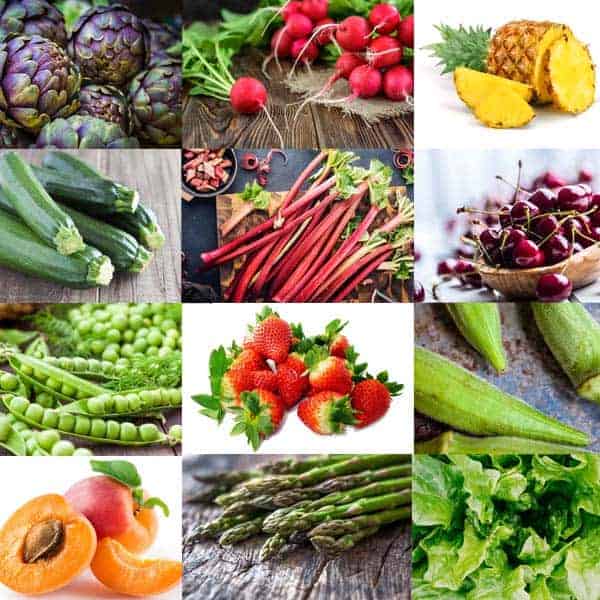
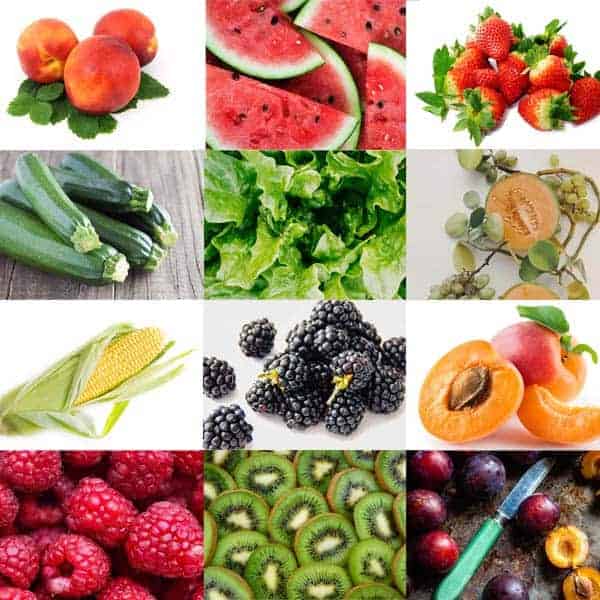
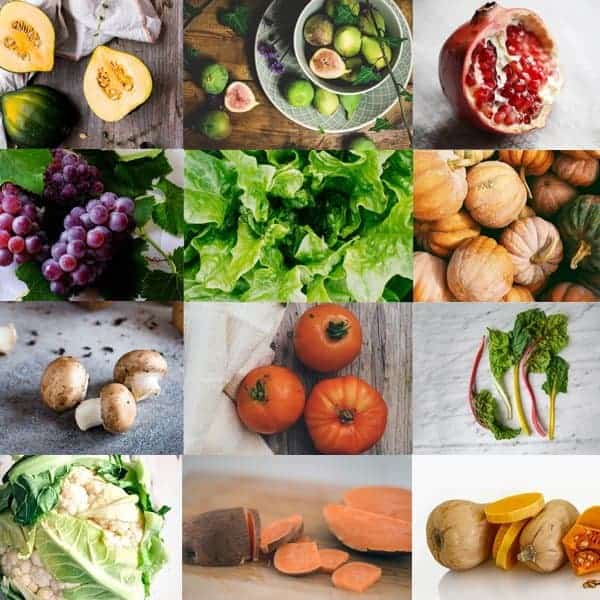
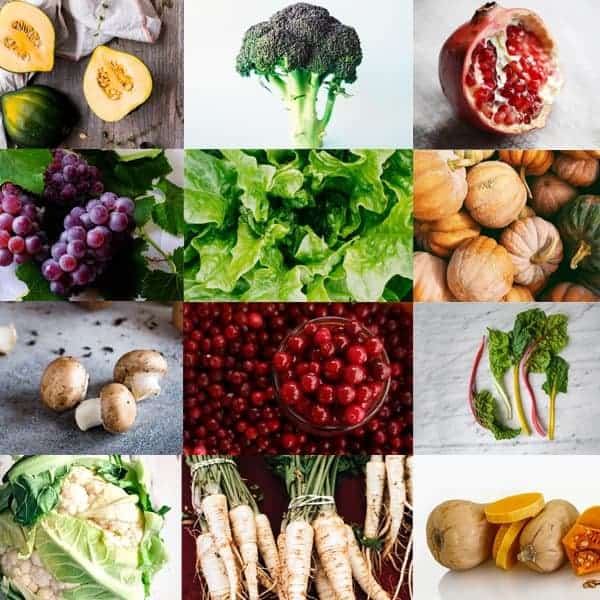

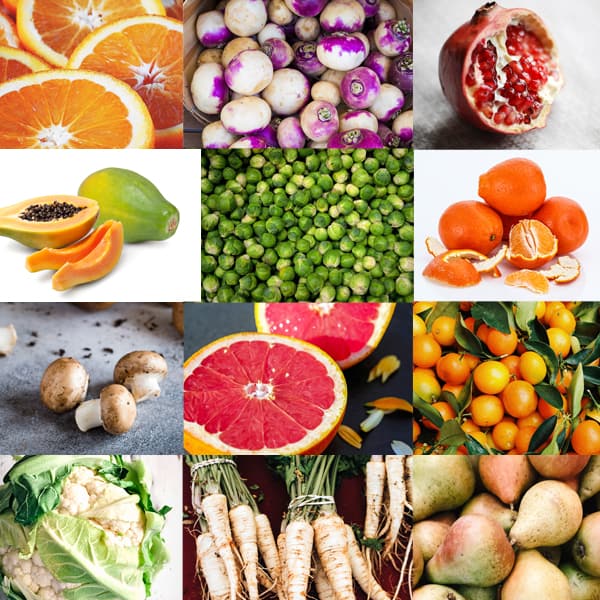

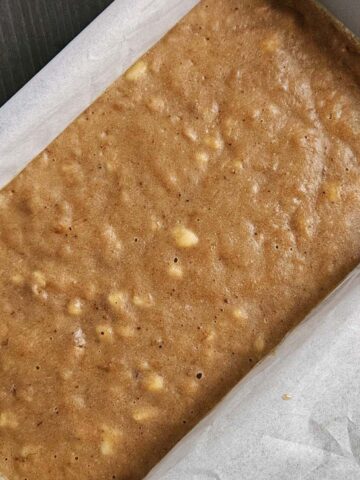
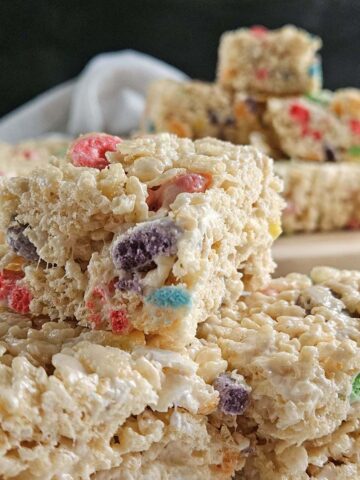
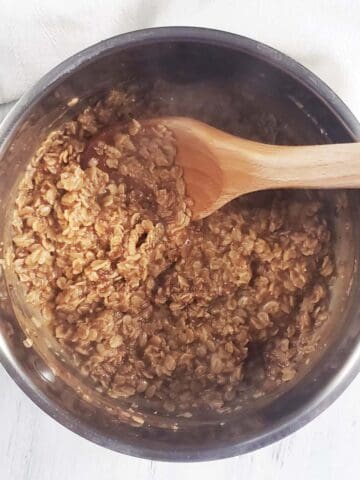
Christina Conte says
What a great help in knowing what's in season and how to use them. Lovely recipes too, thank you!
Erica @ Raspberries and Kohlrabi says
Thanks for stopping by!